Word from the Chair | Mot du président
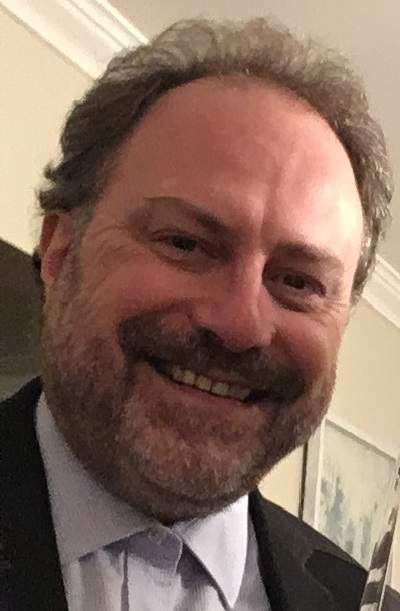 By Raymond E. Dyer (Ray), ASQ Senior Member, CMQ/OE, & CQA (un texte en français suit)
By Raymond E. Dyer (Ray), ASQ Senior Member, CMQ/OE, & CQA (un texte en français suit)
We had our Section Leadership Team meeting this week. After the meeting was over, a few of us stayed on the call to network a little and share our stories. I couldn’t help noticing that, while we’re all Quality professionals, we each have our preferred areas of expertise, e.g. management system audits, Lean Six Sigma process improvement methods, inspection, statistics, Design of Experiments, etc.
In sharing this with the team, one of our learned leaders asked if a few of us could support him to make an easier to understand Design of Experiments presentation (DOE). Right away a few of us accepted, not only to help him out but also to learn more on the topic, recognizing it’s not a particularly strong area of knowledge for us.
What happened that evening is yet another example of how networking, learning, and friendships occur when one decides to invest some time volunteering for their ASQ section. In February, I will have been a member of our section for 30 years. Except for a couple of years where I was president of my son’s daycare, I’ve been an active leadership team member for most of my membership. It is work, but the return on investment is really worth it, not only for professional recognition, but also for the feeling of making a difference and for the friendships we develop. Should you be interested in becoming a Section Leadership Team member, please contact any of us to discuss it. Thank you!
Nous avons tenu notre réunion d’équipe de direction cette semaine. Après la réunion, quelques-uns d’entre nous sont restés en ligne pour réseauter et partager leurs histoires. Je n’ai pas pu m’empêcher de remarquer que, bien que nous soyons tous des professionnels de la qualité, nous avons chacun nos domaines d’expertise préférés, par exemple les audits de systèmes de gestion, les méthodes d’amélioration des processus Lean Six Sigma, l’inspection, les statistiques, les plans d’expériences, etc.
En partageant cela avec l’équipe, l’un de nos leaders vénérables a demandé si quelques-uns d’entre nous pouvaient l’aider à faire une présentation plus facile à comprendre sur la conception d’expériences (DOE). Quelques-uns d’entre nous ont immédiatement accepté, non seulement pour l’aider, mais aussi pour en apprendre davantage sur le sujet, car il ne s’agit pas d’un domaine de connaissances particulièrement fort pour nous.
Ce qui s’est passé ce soir-là est un autre exemple de la façon dont le réseautage, l’apprentissage et les amitiés se produisent lorsqu’on décide d’investir un peu de temps dans le bénévolat pour sa section de l’ASQ. En février, cela fera 30 ans que je suis membre de notre section. À l’exception de quelques années où j’étais président de la garderie de mon fils, j’ai été un membre actif de l’équipe de direction pendant la majeure partie de mon adhésion. C’est du travail, mais le retour sur investissement en vaut vraiment la peine, non seulement pour la reconnaissance professionnelle, mais aussi pour le sentiment de faire une différence et pour les amitiés que nous avons développées. Si vous souhaitez devenir membre de l’équipe de direction de la section, veuillez contacter l’un d’entre nous pour en discuter. Merci!
Word from the Chair | Mot du président Read More »


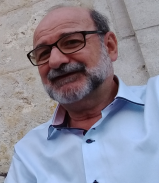


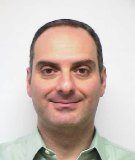
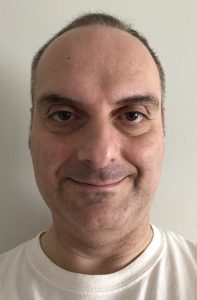

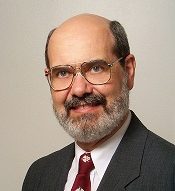
 Contact
Contact 
 By
By 

 Dans le cadre de nos efforts continus de la section pour promouvoir l’ASQ et ses 18 certifications professionnelles de la qualité, nous avons participé à l’événement de réseautage 2022.12.02 Réseautage BCM x AéMSG x ESG+. L’événement était organisé par trois secteurs de l’École des sciences de la gestion (ESG) de l’Université du Québec à Montréal (UQAM) – le Bureau de Conseil en Management (BCM), l’Association des étudiants en maitrise des sciences de la gestion (AéMSG) et ESG+ (le lien entre le monde des affaires et l’école).
Dans le cadre de nos efforts continus de la section pour promouvoir l’ASQ et ses 18 certifications professionnelles de la qualité, nous avons participé à l’événement de réseautage 2022.12.02 Réseautage BCM x AéMSG x ESG+. L’événement était organisé par trois secteurs de l’École des sciences de la gestion (ESG) de l’Université du Québec à Montréal (UQAM) – le Bureau de Conseil en Management (BCM), l’Association des étudiants en maitrise des sciences de la gestion (AéMSG) et ESG+ (le lien entre le monde des affaires et l’école).

